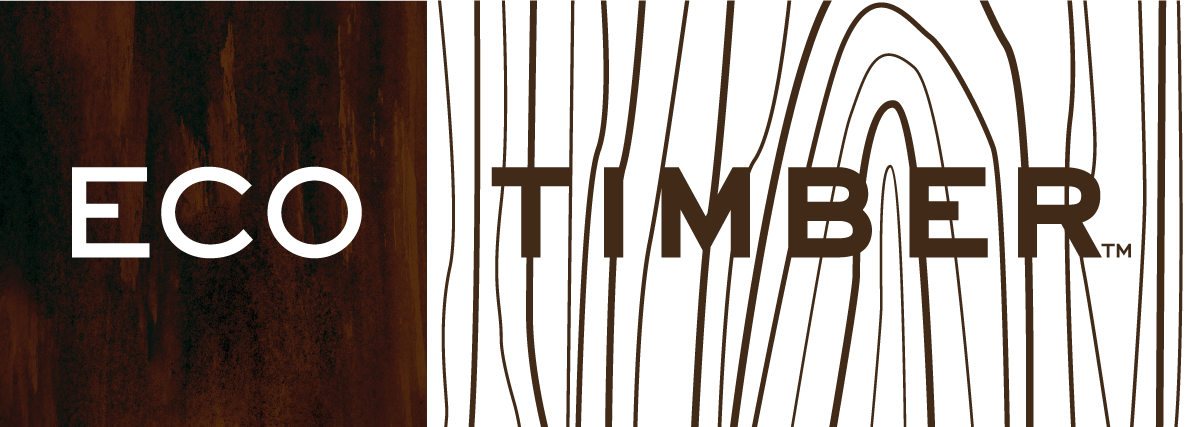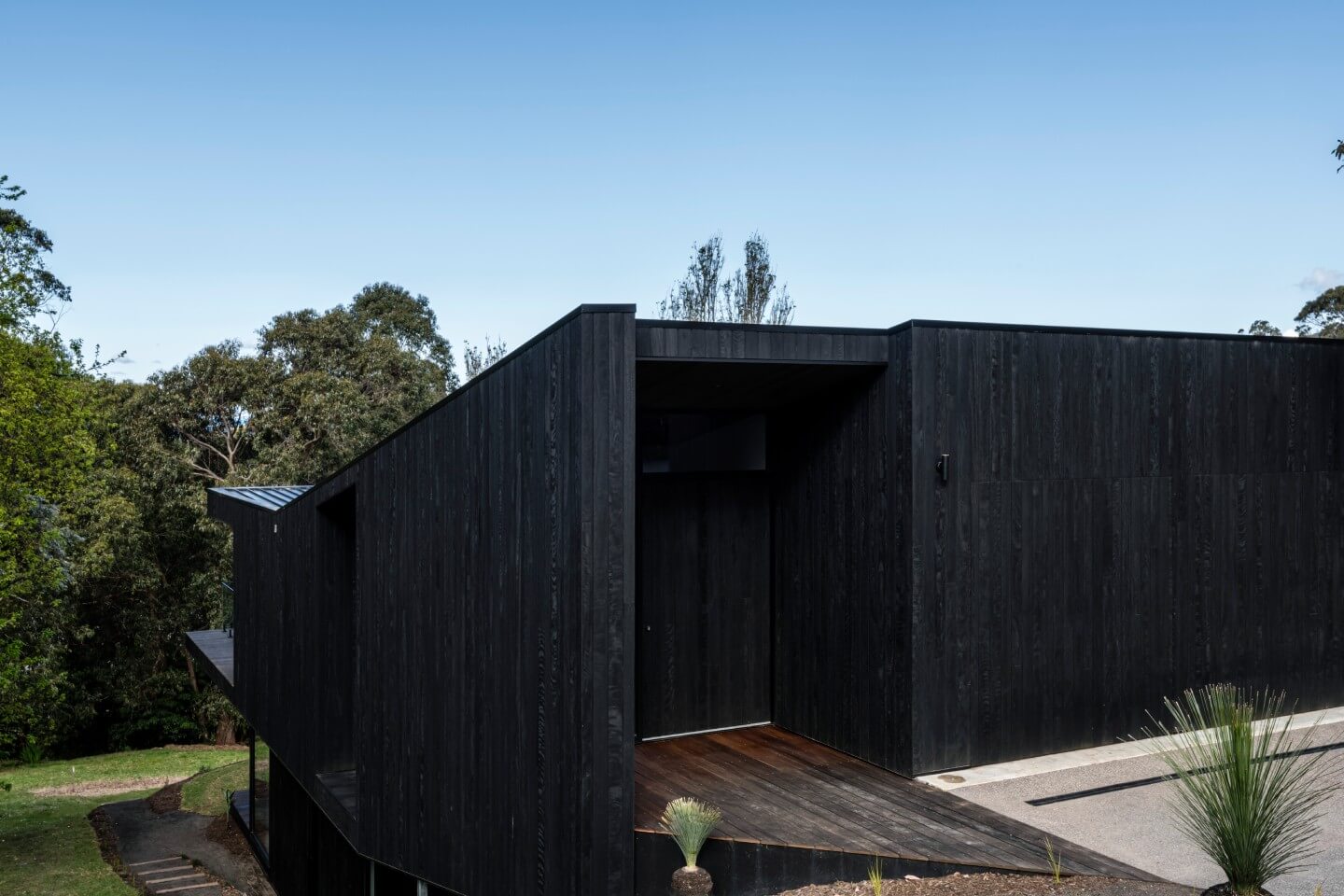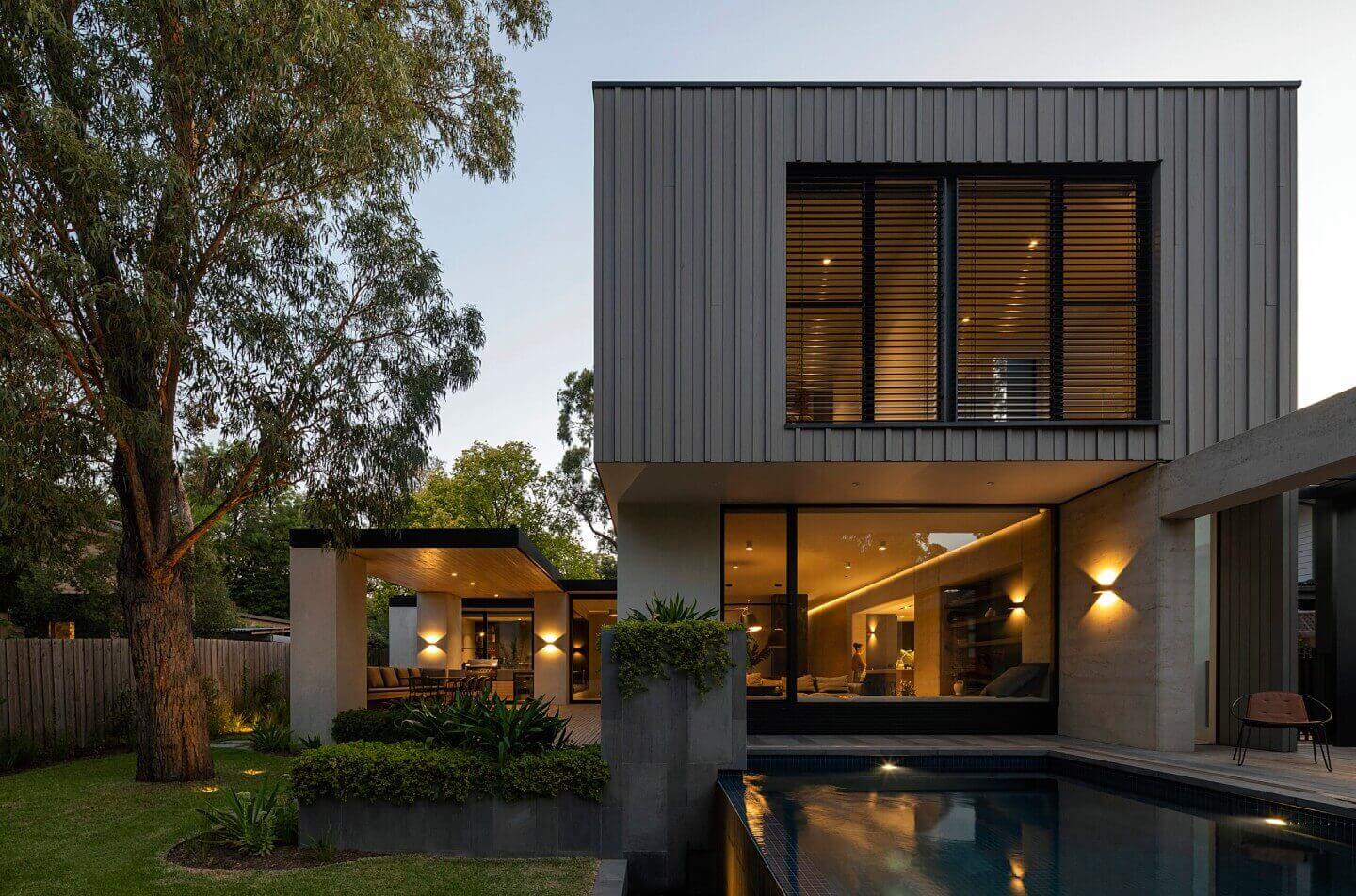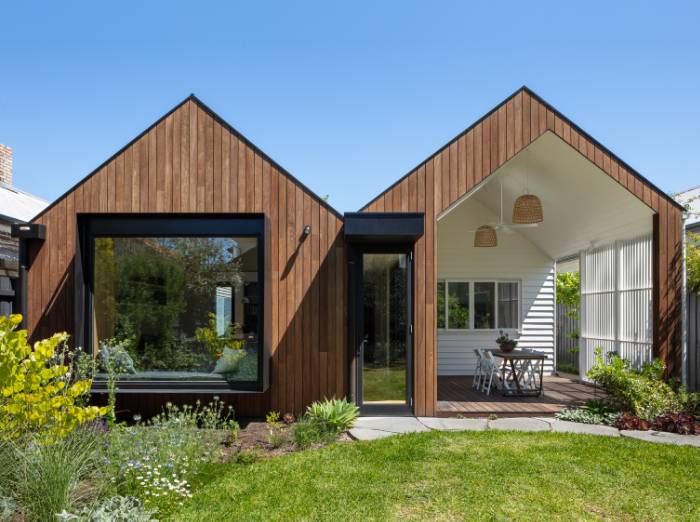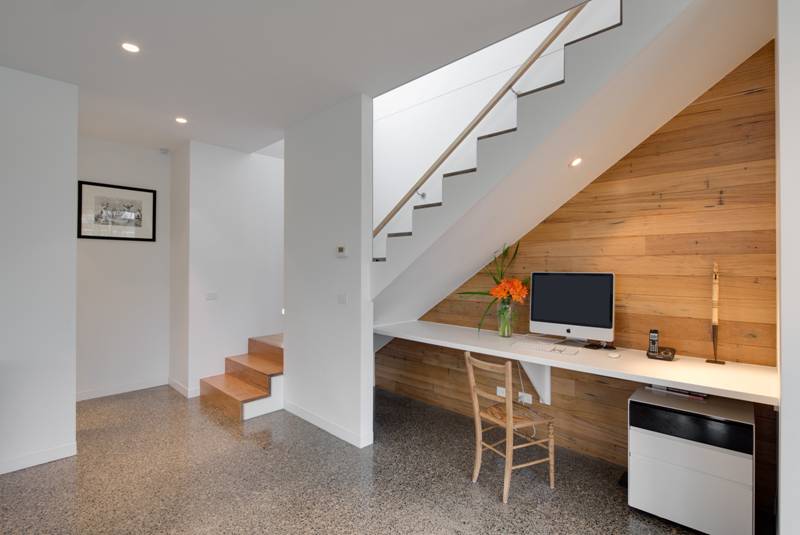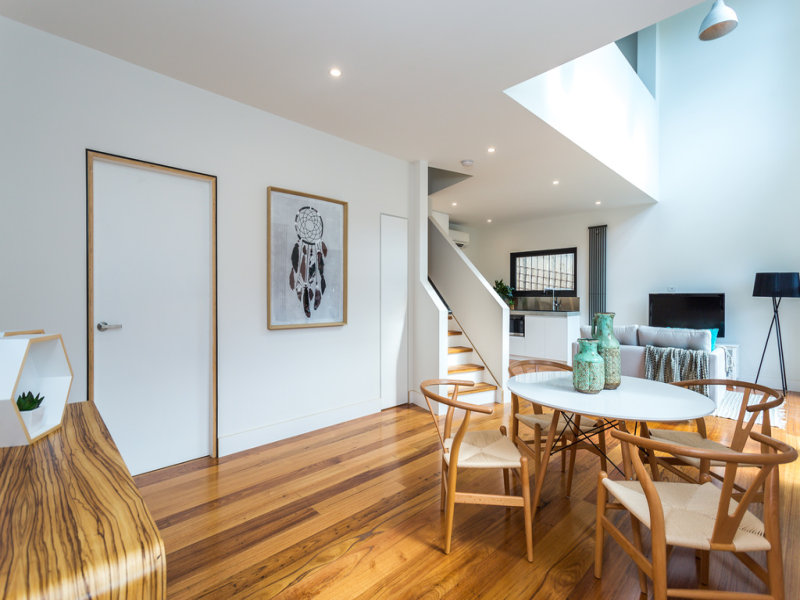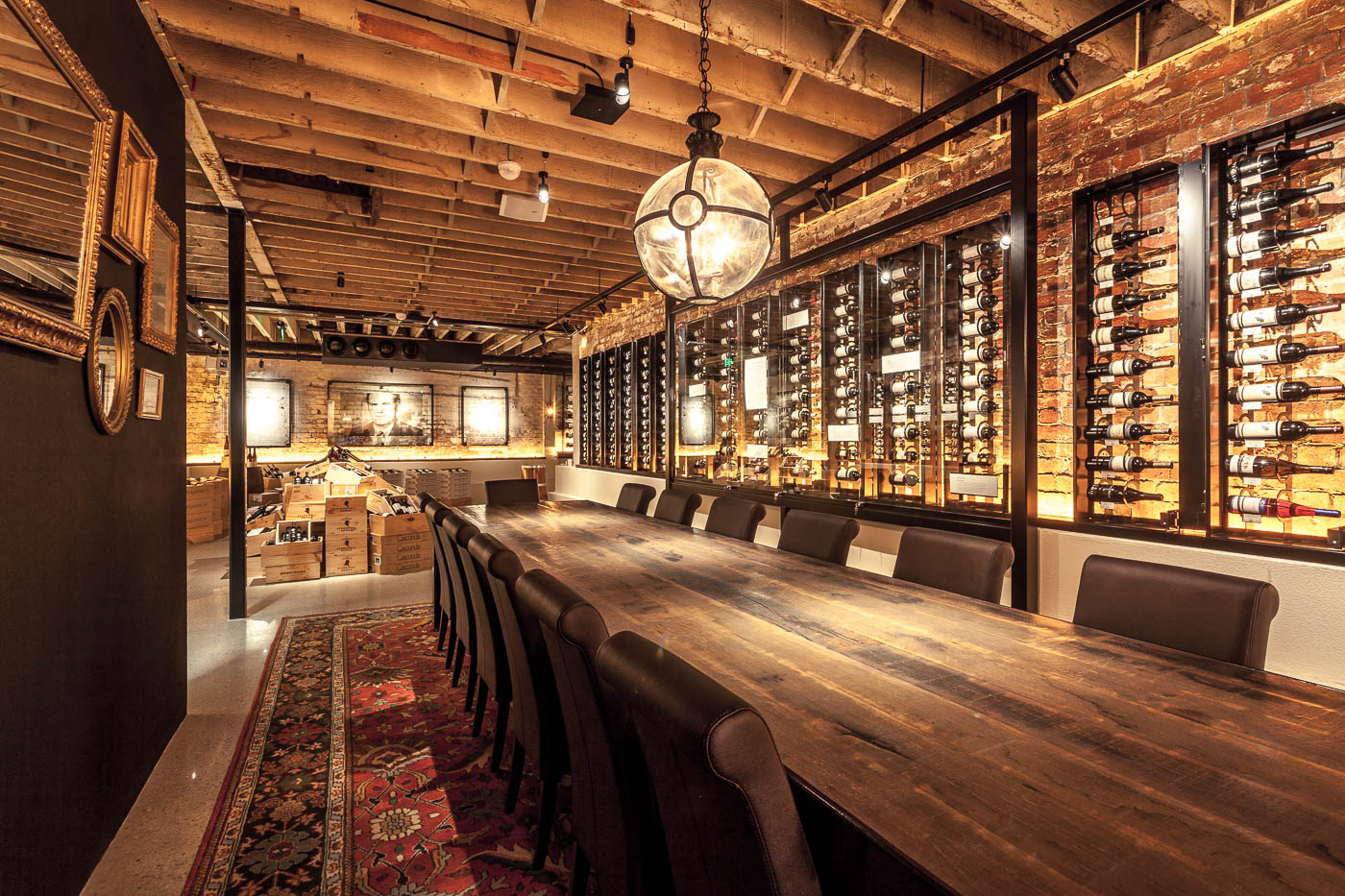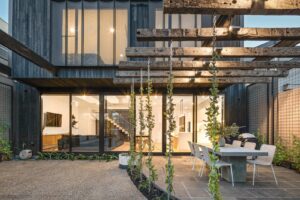In the innovative world of Australian architecture and construction, an ancient method of wood treatment is making a remarkable resurgence.
Charred timber, with its deep, textured finish and robust characteristics, is not just a material but a testament to the harmonious blend of tradition and sustainability. This article explores the roots of this enduring material, its benefits, and its growing significance in the Australian context.
Introduction to Charred Timber
A Brief History of Charred Timber
Charred timber, known for its distinctive blackened surface, is a product of the traditional Japanese technique of Shou Sugi Ban. This ancient method, dating back to the 18th century, was originally developed to protect wooden structures from the elements.
By carefully charring the surface of the wood, typically cedar, craftsmen could enhance its resistance to weather, pests, and decay, while also giving it a striking and durable finish.
This technique not only signified an architectural practice but also a philosophy of respecting and preserving wood by harnessing the transformative power of fire.
Adoption and Adaptation in Australian Architecture
The transition of charred timber into Australian architecture reflects a confluence of aesthetic appreciation and environmental consciousness. Australian architects and builders, in search of materials that resonate with the country’s diverse landscapes and climate while adhering to sustainable practices, have found a solution in charred timber.
Its adoption is not a mere transplantation of a foreign method but an adaptation that respects the unique environmental and aesthetic demands of Australian architecture. The material’s versatility and resilience make it a fitting choice for the Australian setting, from urban centers to coastal retreats and rural landscapes.
Why Charred Timber? The Benefits Explained
Charred timber offers a multitude of benefits that extend far beyond its visual appeal, making it a preferred choice in modern construction and design.
| Benefit | Description |
|---|---|
| Enhanced Durability | The charring process strengthens the timber against decay, pests, and the elements, extending its lifespan significantly. |
| Fire Resistance | The carbonized surface layer acts as a barrier to fire, making charred timber a safer choice for cladding and construction materials. |
| Pest and Decay Resistance | The charred surface deters pests and prevents decay, crucial for maintaining structural integrity over time. |
| Aesthetic Appeal | Charred timber offers a unique, deep, and rich finish that can complement a wide range of architectural styles, from modern to traditional. |
| Sustainability | As a natural process, charring wood reduces the need for chemical treatments, aligning with eco-friendly building practices. Responsible sourcing further enhances sustainability. |
Enhanced Durability and Resistance
- Fire Resistance: The charring process creates a carbon layer on the wood’s surface, significantly enhancing its resistance to fire.
- Pest and Decay Resistance: This natural barrier also deters pests and prevents decay, crucial for the longevity of timber structures in varied climates.
Sustainability Aspect
- Eco-friendly: Charred timber aligns with sustainable construction practices, offering an eco-friendly alternative to chemically treated woods.
- Renewability: When sourced responsibly, as is the practice at Eco Timber Group with FSC® and PEFC certified timbers, charred timber contributes to a sustainable architectural footprint.
Aesthetic Appeal
The deep, rich tones and unique textures of charred timber bring a distinctive aesthetic to buildings and interiors.
This material complements a wide range of design philosophies, from minimalist and contemporary to rustic and traditional, making it a versatile choice for architects and designers.
Charred Timber in the Australian Context
The application of charred timber in Australia is not just a trend but a thoughtful choice driven by both practical and regulatory considerations.
| Factor | Suitability |
|---|---|
| Climate Resilience | Highly resistant to harsh sunlight, wind, and rain, making it ideal for Australia's diverse weather conditions. |
| Fire-Prone Areas | Offers enhanced fire resistance, providing an added safety measure in fire-prone regions of Australia. |
| Aesthetic Integration | Complements the natural landscapes and urban settings of Australia, offering versatility in design across various architectural projects. |
| Regulatory Compliance | Meets Australian standards for fire safety and environmental sustainability, ensuring compliance in construction projects. |
Suited to Australian Climates and Landscapes
Charred timber’s durability and elemental resistance properties make it exceptionally well-suited to the Australian environment.
Its ability to withstand harsh sunlight, wind, and rain makes it ideal for the exterior cladding of buildings, offering protection and longevity in a country known for its dynamic weather patterns.
Australian-specific Regulations and Standards
In Australia, the use of charred timber in construction is supported by specific regulations and standards that emphasize fire safety and environmental sustainability.
These standards ensure that charred timber not only meets the aesthetic and functional requirements of projects but also aligns with national safety and environmental guidelines, making it a responsible choice for Australian architects and builders.
Practical Applications of Charred Timber
The versatility of charred timber extends far beyond its traditional use as exterior cladding. Its robust characteristics and aesthetic appeal make it a popular choice for a variety of applications within and beyond architectural boundaries.
- Interior Design: Inside homes and commercial spaces, charred timber is used for feature walls, ceilings, and flooring, offering spaces a depth of character and warmth that is both modern and timeless.
- Landscaping and Outdoor Features: Its resistance to decay and pests makes charred timber an ideal choice for outdoor landscaping projects, including fencing, decking, and garden structures.
- Furniture and Joinery: Artisans and furniture makers prize charred timber for its unique finish and durability, crafting pieces that stand the test of time both in style and function.
The adaptability of charred timber allows architects and designers to employ it in a multitude of settings, each application showcasing the material’s unique beauty and resilience.
Chain of Custody and Sustainable Sourcing
Eco Timber Group’s commitment to sustainability is evident in our rigorous adherence to the chain of custody requirements for FSC® and PEFC certified products.
This process is crucial in ensuring that the timber we use and provide to our clients meets the highest standards of environmental and ethical sourcing.
The Importance of Chain of Custody
- Verification: It verifies that the timber has been sourced from responsibly managed forests that provide environmental, social, and economic benefits.
- Transparency: The chain of custody offers full transparency from the forest to the final product, ensuring that every step of the process adheres to stringent sustainability standards.
- Consumer Assurance: For our clients, this means peace of mind knowing that the products they choose are not only of the highest quality but also contribute positively to the environment and society.
This commitment to sustainable sourcing underpins every project undertaken by Eco Timber Group, reflecting our dedication to promoting responsible forestry and construction practices.
The Future of Charred Timber in Australia
Looking forward, the prospects for charred timber in Australian architecture and design are both promising and exciting.
As awareness and appreciation for sustainable, durable, and aesthetically pleasing materials grow, so too will the use of charred timber in a variety of innovative applications.
- Innovative Treatments and Applications: Ongoing research and development in timber treatment methods promise to expand the possibilities for charred timber, potentially enhancing its performance and aesthetic qualities.
- Growing Sustainability Focus: The construction industry’s increasing emphasis on sustainability and environmental responsibility will continue to drive demand for materials like charred timber, which embody these principles.
- Architectural Trends: As architects and designers seek materials that offer both functional and aesthetic benefits, the unique characteristics of charred timber will keep it at the forefront of design trends.
Conclusion
The resurgence of charred timber in Australian construction is a testament to the industry's evolving priorities, where sustainability, durability, and beauty converge. At Eco Timber Group, our dedication to providing responsibly sourced, high-quality timber products aligns with these shifting paradigms, offering our clients materials that are not just environmentally conscious but also rich in history and character.
As we look to the future, charred timber stands as a symbol of our commitment to a more sustainable, aesthetically diverse, and resilient built environment. Through continued innovation and responsible sourcing, we aim to ensure that charred timber remains a preferred choice for architects, builders, and homeowners across Australia, heralding a new era of sustainable and inspired construction.
